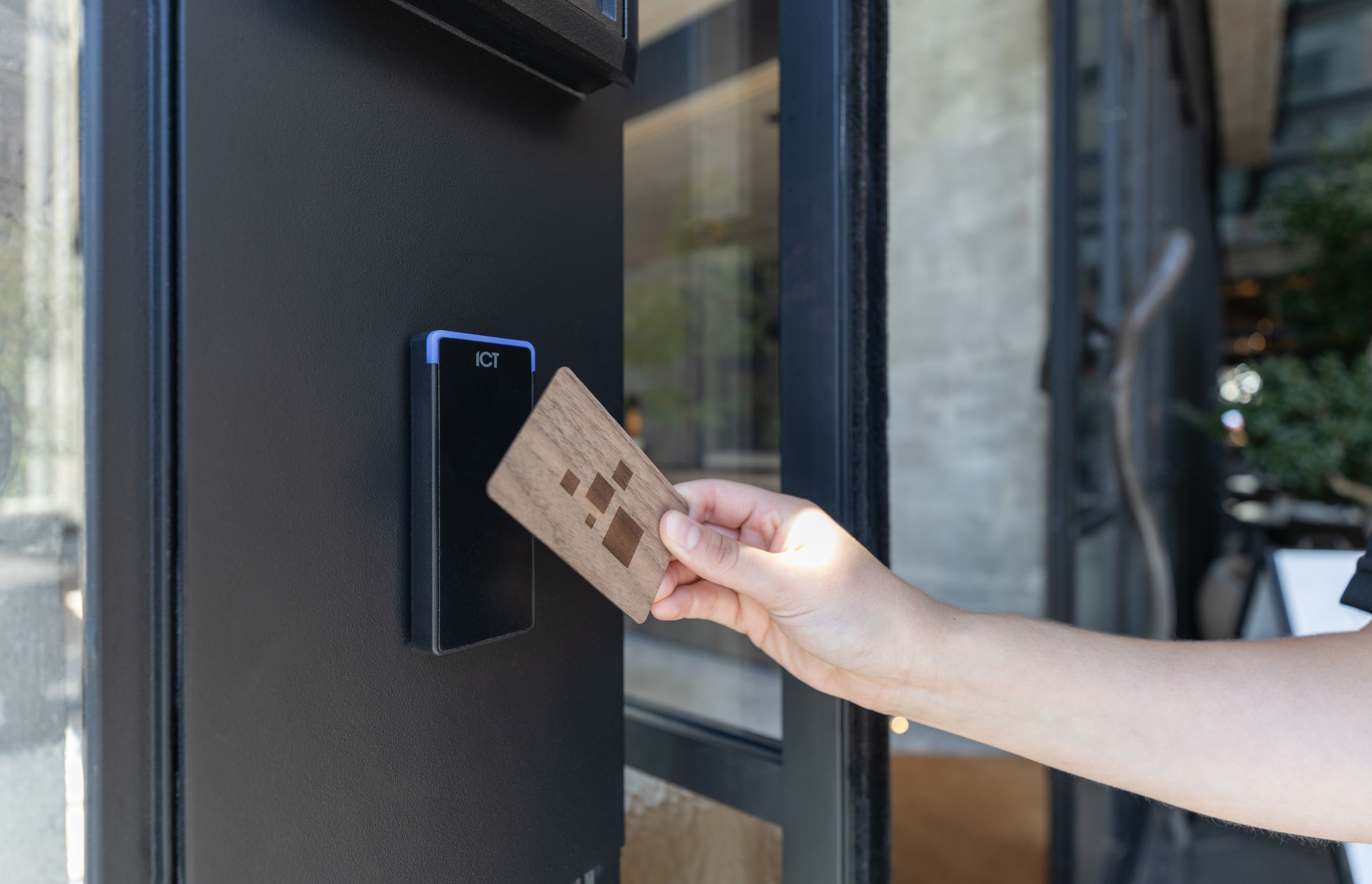The Smart Way To Tackle Intelligent Buildings

You’ve likely got a mobile phone sitting in your pocket, and smart speakers and video doorbells now adorn our homes. But increasingly, business owners are turning to similar objects to protect one of their largest assets - the buildings that help them to exist. Jon Jorundsson, ICT’s Director of Sales, EMEA discusses how businesses can save money, energy, and time while transforming the way their buildings operate.
What are intelligent buildings?
Traditionally, ten or more separate platforms may have been used to operate a building – including HVAC, lighting or access control, video surveillance, fire alarms, and voice and data networks.
Building Management Systems (BMS) bring these elements together for easier control. However, the increasing adoption of connected devices means we are now seeing the next evolution of this technology, where buildings can become smart – or even intelligent.
When referring to buildings, the terms ‘smart’ and ‘intelligent’ are generally interchangeable. Connected devices mean feedback is available instantly, and AI technology means further advances. Intelligent buildings can now begin to adapt depending on the data received. A good way to illustrate the difference is using the quote, “Smart people talk, intelligent people listen.”
The Internet of Things (IoT) is a collection of devices that communicate – not necessarily via the internet – but using a network to talk with each other. These connected devices take commands and provide feedback, and it’s automating these processes that an access control platform or BMS can leverage to great advantage.

Be smart and save big
Businesses look towards smart technology in buildings for many reasons, but most benefits come from savings in time and money. In the EU, buildings are responsible for about 40% of total energy consumption, with energy usage from the likes of HVAC and lighting being significant drivers of cost for businesses.
Both the U.S. Department of Energy and ADEME (the French Agency for Ecological Transition) agree that it’s possible to make improvements that save up to 30% of energy costs using intelligent technology and often only takes 12-18 months to see a return on investment.
Using data from a connected building makes it easy to take advantage of opportunities here. Instead of lights and air-con in a meeting room staying on all day, a smart system will recognize that there’s nothing booked until 11am and turn on the HVAC with just enough time to get to the desired temperature and turn lights on automatically just before this time.
Imagine taking this a step further. It’s 11am – so, lights and HVAC are ready, but what happens if, despite being booked, no one actually enters the meeting room? With an intelligent building, it could sense this and turn off the lighting and air-con after a set period and save even more on energy.
When you imagine these small efficiencies, you can see how significant the savings can be at scale across the business. And using less energy also has the added benefit of decreasing emissions which is also becoming a key objective in more and more businesses around the globe.

Integration: A smart stepping-stone
It’s not just money that you can save with intelligent buildings. Thanks to integration capabilities available in some modern security and access control systems, you can see many time saving benefits too.
Despite technological advances over the last two decades, many places still use separate systems for access control, alarms, and video surveillance. By bringing these together, and adding building automation to the mix, you can not only make your life easier, but bridge the gap between a normal building and a smart one.
I’ve mentioned setting HVAC and lighting to turn on/off at certain times. But you can also automatically turn these off when the last person leaves an area or arms the building. This saves costs, but also allows you the flexibility to run a facility that operates around staff needs, while still meeting yours. Maybe some staff come in early. An intelligent BMS can recognize the users and only turn on HVAC and lighting in areas that they have access to.
You can see the advantages offered by intelligent buildings. With a unified approach, you can manage all these systems - VMS, lighting, HVAC, access, automation, and more - from a single interface.
With connected devices, you can even offer access and building control using an app. Use mobile credentials for entry, and allow users to arm/disarm areas and turn on lighting or HVAC, or even view a video camera feed, directly from their smartphone.
Security is still key
One element to be aware of when installing IoT devices is network security. As devices are connected, they can be vulnerable to attacks or intrusion/penetration, making network security a paramount concern in an increasingly digital world.
From a physical security perspective, this evolution can be seen by the increasing engagement between security and IT departments in larger organizations. Physical and network security are often now seen as one and the same.
Connected, safe, and green
Whether you are taking your first steps towards an intelligent building with a retrofit, or jumping right in with a new build project, using a strategic, unified approach can bring significant savings in the long term. It can also lead to a greener building, as well as a location that responds to users’ needs more quickly and efficiently.
With ever-increasing amounts of connected objects online, it’s important to plan well to make sure you get all the benefits from an intelligent building, while still maintaining a safe and secure environment.
